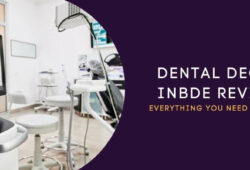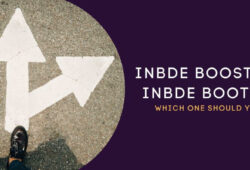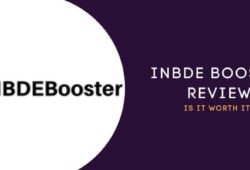One intimidating thing about the Integrated National Board Dental Examination, INBDE for short, is that it is a relatively new exam, and there doesn’t seem to be much information on it.
Furthermore, knowing how to prepare for this test is even more challenging when there isn’t much precedence or past test-takers.
The one consensus appears to be that it is a very challenging exam that emphasizes more on critical thinking and clinical application of content.
We understand that preparing for an exam you know virtually nothing about can be frustrating. Where do you even start?
Well, take a deep breath and start right here in this extensive article highlighting everything you need to know about the INBDE exam.
The #1 Study Tool to Pass the INBDE, now with a discount
Pros
Covers the high-yield INBDE topics and concepts
Has very representative question banks
Includes a good number of radiographs and picture questions.
Cons
Does not have flashcards.
Use code at checkout: TESTPREPPAL10
Quick Summary
- The INBDE is a licensure examination that’s recognized in all the United States licensing jurisdictions.
- The Joint Commission on National Dental Examinations, JCNDE, an agency of the American Dental Association, ADA, is the governing body for the INBDE.
- As of July 2022, the INBDE entirely replaced the NBDE, meaning neither NBDE Part I nor Part II is being administered anymore.
- The first INBDE exam was administered in August 2020, so the test is still relatively new.
- This test focuses on clinical relevance related to safe dental practice in a problem-solving context.
- The INBDE is a 2-day exam lasting a total of 12 hours and 30 minutes.
- The INBDE is a pass-or-fail test with a numeric scaled score of 75 and above being what’s considered a passing score.
What Is The INBDE Exam?
In full, the INBDE stands for the Integrated National Board Dental Examination.
This is a licensure examination required by dental boards in the United States to determine whether candidates have the necessary skill level to practice entry-level dentistry safely.
If you are a candidate for dental licensure in the United States, then you have to sit for and pass the INBDE.
This written test requires an application of both your content knowledge and clinical skills to solve dental problems.
The INBDE is administered and regulated by the Joint Commission on National Dental Examinations, JCNDE, which is an agency of the American Dental Association, ADA.
How Long Is The INBDE Exam?
The INBDE exam takes place over the span of 2 days, the entire exam lasting a total of 12 hours and 30 minutes.
The 2 test days do not have to be consecutive. Meaning your first exam day could be on Monday, and your second exam day could be on Friday.
The caveat, however, is that the second exam day must occur within 7 days of the first exam day, and both test days must happen at the same test center.
Here’s a complete breakdown of the INBDE exam:
INBDE SCHEDULE: DAY 1 | ||
Exam Section | Content Tested | Duration |
Optional Tutorial | __ | 15 Min. |
Section 1 | 100 Standalone Qns. | 1 Hr. 45 Min. |
Optional Break | __ | 15 Min. |
Section 2 | 100 Standalone Qns. | 1 Hr. 45 Min. |
Optional Break | __ | 30 Min. |
Section 3 | 100 Standalone Qns. | 1 Hr. 45 Min. |
Optional Break | __ | 15 Min. |
Section 4 | 60 Case-Based Qns. | 1 Hr. 45 Min. |
TOTAL DAY 1 EXAM | 360 Qns. | 8 Hrs. 15 Min. |
INBDE SCHEDULE: DAY 2 | ||
Exam Section | Content Tested | Duration |
Optional Tutorial | __ | 15 Min. |
Section 5 | 70 Case-Based Qns. | 1 Hr. 45 Min. |
Optional Break | __ | 15 Min. |
Section 6 | 70 Case-Based Qns. | 1 Hr. 45 Min. |
Post-Exam Survey | __ | 15 Min. |
TOTAL DAY 2 EXAM | 140 Qns. | 4 Hrs. 15 Min |
COMPLETE INBDE EXAM | 500 Qns. | 12 Hrs. 30 Min. |
How Is The INBDE Structured?
The INBDE is a multiple-choice exam comprising 500 questions split into standalone questions and case-based questions.
You have 3 sets of standalone questions comprising 300 questions in total and 3 sets of case-based questions comprising 200 questions.
The Standalone Questions may require you to complete a sentence in order to correctly represent a concept or idea. For example:

Alternatively, standalone questions may also pose a question communicating a problem or set of circumstances to which you must respond. For example:

On the other hand, Case-Based Questions will involve a Patient Box, and you are expected to answer questions based on the information provided in the Patient Box. For example:
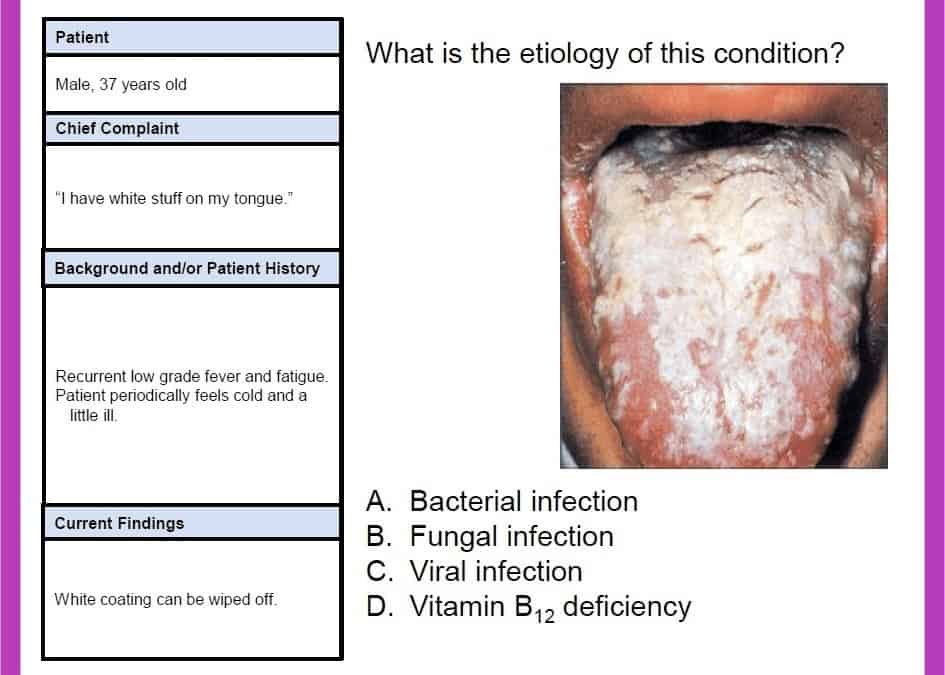
What Is Tested On The INBDE Exam?
The INBDE integrates biomedical sciences, behavioral sciences, and clinical content in its evaluation of a candidate’s dental cognitive skills.
As opposed to other exams where you can get by with rote memorization, the INBDE leans more toward testing your synthesis and understanding of clinical concepts and foundation knowledge.
The overall idea of this exam is to test how prepared you are to practice safe and professional dentistry as an entry-level practitioner. This is why your assessment is done based on clinical content and foundation knowledge.
1. Clinical Content
Clinical content refers to the fundamental tasks generally performed by entry-level practitioners.
The 3 clinical content areas tested on the INBDE are:
- Diagnosis and treatment planning
- Oral health management
- Practice and profession
2. Foundation Knowledge
Foundation knowledge refers to the knowledge, skills, and abilities required to successfully perform the tasks highlighted in the clinical content section.
This is the knowledge applied by dentists to aid in the prevention, diagnosis, and management of oral diseases, alongside promoting and maintaining oral health.
The 10 foundation knowledge areas tested on the INBDE are:
- Molecular, biochemical, cellular, and systems-level development, structure and function.
- Physics and chemistry to explain normal biology and pathobiology.
- Physics and chemistry to explain the characteristics and use of technologies and materials.
- Principles of genetic, congenital, and developmental diseases and conditions and their clinical features to understand patient risk.
- Cellular and molecular bases of immune and non-immune host defense mechanisms.
- General and disease-specific pathology to assess patient risk.
- The biology of microorganisms in physiology and pathology.
- Pharmacology.
- Behavioral sciences, ethics, and jurisprudence.
- Research methodology and analysis, and informatics tools.
How Is The INBDE Scored?
The INBDE is a pass or fail test whereby results are reported as either “Pass” or “Fail.” No numerical scores are reported.
The determination as to whether a candidate has passed or failed is based on a quantitative scale score. This scale score ranges from 49 to 99, whereby 75 represents the minimum passing score, or rather, the standard score.
As such, a score of 75 and above represents a passing score, while a score of 74 and below represents a “fail.”
The thing to keep in mind here is that scale scores are not raw scores. Meaning the scale score does not directly correspond to the number of questions answered correctly.
Instead, the minimum passing score is determined through rigorous standard-setting activities, ensuring all INBDE applicants’ results and scores have the same meaning regardless of the time they sat for the exam.
By taking into consideration variations in question difficulty, the quality of questions, and the questions’ susceptibility to guessing, the subject matter experts are then able to continually adjust the scoring scale accordingly so that 75 is always the standard score.
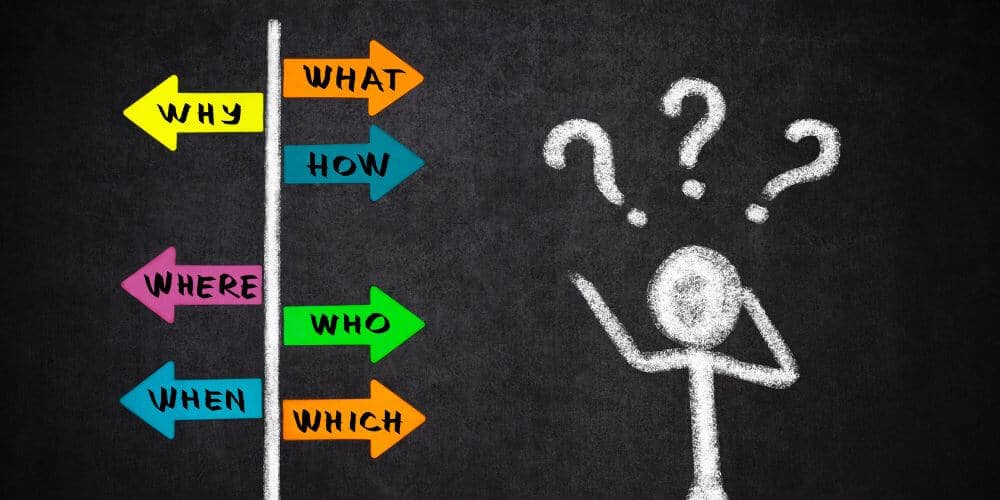
It all sounds rather technical, but the main idea is that the scale score offers a fair comparison for all candidates that sit for the INBDE exam, regardless of which form of the exam they may have taken.
Using scale scores, it is possible to meaningfully compare the performance of one applicant with the performance of all applicants.
Another thing to keep in mind is that while the numerical scale scores are not reported on your results report, unsuccessful candidates will have their overall scale score availed to them, and this is done for remediation purposes so you can know how far you fell behind the minimum passing score.
But yet again, remember that scale scores are not raw scores. So if you got a score of 74, that does not mean that you would have passed the exam had you answered one more question correctly.
What Is The Pass Rate For The INBDE Exam?
According to recent data from the JCNDE, the pass rate for the INBDE exam is about 80%.
This means that only about 20% of test-takers fail the INBDE, which is quite low. Nevertheless, there are certain factors that may actually increase your chances of success on this test.
For starters, first-attempt candidates from CODA-accredited dental programs tend to perform really well on the INBDE, with a pass rate of 98%. This is as opposed to candidates from dental education programs not accredited by CODA.
CODA stands for the Commission on Dental Accreditation.
Another trend is that candidates from non-accredited programs who are re-taking the exam generally tend to perform poorly even on their second attempt, with a pass rate of about 43%.
The good news is that with an increasing number of candidates attempting the INBDE every year, the pass rate keeps improving even more.
Who Is Eligible For The INBDE?
To qualify for the INBDE examination, you have to meet one of the following provisions:
a) A current student at a CODA-accredited program who has confirmation from the dean that they are prepared in all applicable disciplines.
b) A former student at a CODA-accredited program who is no longer enrolled in the same program may be eligible for the INBDE under the following conditions:
- Have completed the required courses for the exam.
- Be admitted or “conditionally admitted” to another CODA-accredited program in the applicable area of study, contingent upon successful completion of the INBDE exam.
- Have a verification letter from the dean of the CODA-accredited.
c) A dentist who’s a graduate of a CODA-accredited program and is an active, life, or retired member of the ADA at the time of application is eligible for the exam without needing further documentation.
- An ADA affiliate member or a non-member will be required to submit a copy of their diploma or provide other appropriate verification of their degree.
d) All candidates educated by non-CODA-accredited dental programs must have their educational degree confirmed through Educational Credential Evaluators Inc., the ECE.
- Applicable to international students.
- Applicable to international dentists seeking a dental career in the U.S.
- Applicable to a dentist who’s a graduate of a non-CODA-accredited program.
- Also applicable to current students attending a non-CODA-accredited program.
e) Current students attending a non-CODA-accredited program must additionally have their status confirmed by their educational program through the completion of the Certification of Eligibility Form.
- Completed certification forms must be sent by the educational program and must include both the seal of the university and the signature of the dean or registrar.
The policies that apply to candidates educated by CODA-accredited programs also apply to candidates educated by CDAC-accredited programs who are seeking licensure in the United States.
CDAC stands for the Commission on Dental Accreditation of Canada.
How Often Is The INBDE Offered?
The INBDE is administered all year round.
If you’ve had an unsuccessful test attempt and failed the exam, you can only retake the test after a 60-day wait period. Candidates are allowed a maximum of 4 test attempts within every 12-month period.
The JCNDE has a “5 years, 5 attempts” eligibility rule for the INBDE. You must pass the exam within either 5 years of your first attempt or within 5 examination attempts. Whichever comes first.
After the fifth year or the fifth attempt, you can only test once every 12 months after your most recent exam’s attempt.
When Should I Take The INBDE Exam?
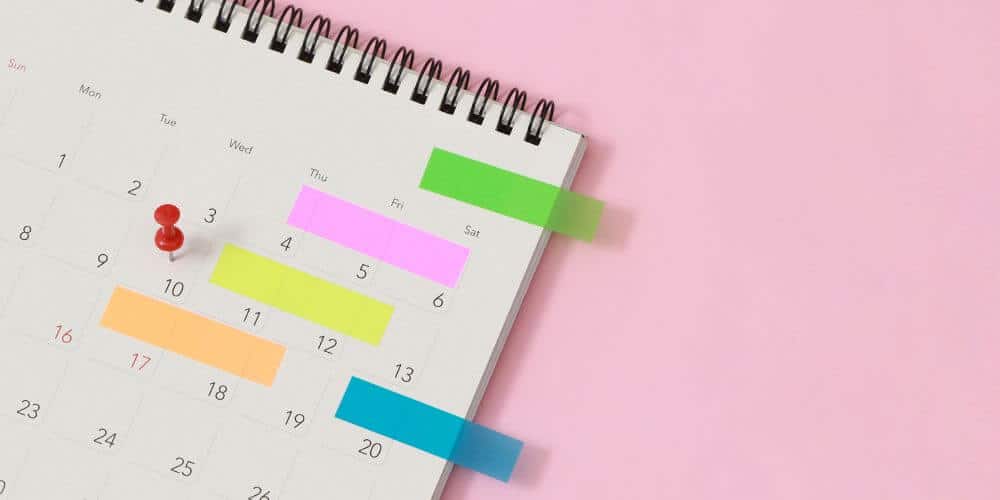
Seeing as the INBDE is required for licensure, dental students will typically opt to take the exam prior to their graduation from dental school.
Typically, the best time to take the INBDE would be during or after your third year of dental school.
That’s because by this time, you will have completed all the required courses, and you will also have gained the necessary clinical experience to tackle the INBDE.
That being said, some schools may require students to earn a passing grade in the INBDE by a certain date, so you might want to check with your program whether there is a set timeframe for taking the exam.
Also, in order to best aid your preparation, some schools may have prerequisites they’ve set in place for classes you need to complete before attempting the INBDE. Once again, this is something you will want to check with your institution.
How To Register For The INBDE
Step 1: Make sure you meet all the eligibility requirements for testing.
Step 2: Begin by obtaining a Dental Personal Identification Number, DENTPIN, even before you apply to take the examination.
Step 3: Once you’ve obtained a DENTPIN, go on ahead to submit an application, along with the examination fee, through the examination program website.
Step 4: After your application has been processed, you will get a confirmation email, after which you will be eligible for testing within a 6-month period unless otherwise stated.
Step 5: Go on ahead to select a scheduled test date for both exam days.
Make sure you carefully consider your test administration date because last-minute changes to the scheduled testing appointment may not be approved.
INBDE For International Students: What You Need To Know
Any foreign-trained dentists or graduates who wish to practice dentistry in the United States must take the INBDE exam. This is a necessary requirement if you wish to:
a) Earn admission into advanced standing programs in US dental schools.
b) Apply for post-graduate studies in dental specialty programs.
c) Gain a United States dental license.
However, to be eligible for examination, foreign-trained dentists need to meet certain criteria first. Here’s what you need to know about the INBDE for international students.
Step 1: Course Evaluation from ECE.
First off, the JCNDE requires all international students and foreign-trained dentists to get their dental diplomas and transcripts evaluated to guarantee their legitimacy. This is typically done by the Education Credential Evaluators.
- Start by checking the document requirements for your country and ensure you have what’s required.
- Create a profile on the Education Credential Evaluators, ECE website.
- Make sure you have keyed in all the correct details.
- Pay for the “General report with GPA average” option, and while making your application, request a copy to be sent to JCNDE through ADA.
- The ECE will email you regarding the documents you need to submit.
- Send the ECE the very specific documents they need to convert your marks into an American GPA grade.
If you are a current dental student in your home country, you will need to order a course-by-course evaluation from ECE. However, you will first need to graduate from your current dental school because for this course by course evaluation, ECE requires you to present your internship completion certificate.
Step 2: Eligibility Confirmation.
Once the JCNDE has received your certificate of eligibility and evaluation from the ECE, they will send you a confirmation email stating that you are now eligible to take the INBDE.

Step 3: Prepare sufficiently for the INBDE Exam.
Once you have received your eligibility for testing, you can now go on ahead to start preparing for the INBDE.
Please do not apply to take the exam just yet. Keep in mind that once you register and pay for the exam, you will have a 6-month window for taking the test. So it is important to ensure you are well-prepared before embarking on the registration process.
As a foreign INBDE examinee, you may have to take longer to prepare for the exam due to differences in laws, procedural details, and materials and techniques used between your home county and the United States.
Additionally, you may have been out of school or out of practice for a considerable amount of time.
So give yourself anywhere between 6-8 months to adequately prepare for the INBDE and familiarize yourself with the board’s relevant topics.
The #1 Study Tool to Pass the INBDE, now with a discount
Pros
Covers the high-yield INBDE topics and concepts
Has very representative question banks
Includes a good number of radiographs and picture questions.
Cons
Does not have flashcards.
Use code at checkout: TESTPREPPAL10
Step 4: Gain Some Dental Experience in the United States.
During the INBDE prep period, it would also be wise to gain some dental experience in the U.S. by working as a dental assistant.
Meaningful experience in the country will not only help facilitate your transition to dental school but will also improve your competitiveness as an applicant for the INBDE exam.
You’ll get to be better educated on advancements in dentistry, and this opportunity will help you network with U.S. dentists.
Step 5: Register for the INBDE.
Get a DENTPIN, and submit an application, along with the examination fee, through the examination program website.
Once your application has been approved, you can then schedule an appointment to take the exam at a Prometric testing center near you.
How To Prepare For The INBDE Exam
The INBDE is not an exam you should take lightly, so make sure you prepare sufficiently before attempting the exam.
After all, no one wants to end up having a third failed attempt at the INBDE, let alone a second one. The idea here should be to do it once and do it right.
Acing the INBDE requires you to have a clinical background, along with a thorough understanding of basic and dental sciences.
Here are some effective ways you can study and prep for the INBDE exam:
1. Rather than studying on your own, get a study partner you can exchange notes with and help keep each other accountable in your INBDE prep.
2. Consider joining an online INBDE class.
3. Consider enrolling in a reputable INBDE course such as INBDE Booster.
4. Make good use of the free INBDE study materials available online. Some resources that students find helpful for INBDE prep include:
- ADA sample INBDE practice questions.
- ADA Code of Ethics.
- Dr. Ryan’s Mental Dental videos on YouTube.
- Tufts Pharmacology Review for NBDE.
- TheFrenchDentiste’s INBDE Prep Deck on Anki.
Is The INBDE Exam Hard?
Yes, the INBDE exam is quite challenging, especially when it comes to the case-based questions.
The standalone questions are fairly straightforward, and you can do just fine by memorizing basic science terms and concepts.
The case-based questions, however, are based on patient scenarios, therefore testing your clinical experience and clinical application of biomedical sciences more than your academic content retention.
With adequate preparation, though, it is possible to come out of this pass-and-fail test with a passing score.
Here are a few heads up to aid with your INBDE prep so the exam won’t seem so challenging.
a. There’s a lot of oral pathology and pharmacology tested on the exam.
b. There are a lot of ‘EXCEPT’ questions on the INBDE, so familiarize yourself with the common manifestations of disorders.
c. Do not underestimate the ‘lighter’ topics such as patient management and research.
d. Expect to encounter plenty of ethics questions.
e. The case-based questions are far more challenging than you’d ever expect. Practice accordingly.
f. Know your prosthodontics, especially when it comes to RPDs.
All in all, no matter how challenging the exam may be, adequate preparation and studying using the right materials will go a long way in readying you for the INBDE.
How Long Does It Take To Prepare For INBDE?
If you are currently enrolled in dental school, 1-4 months would be sufficient time to prep for the INBDE.
Students can get away with a shorter prep time because they are in an active studying environment, and most of the course material is still fresh in their minds.
On the other hand, for international candidates, it would be advisable to take anywhere between 4-8 months to prepare for the INBDE.
Which Are The Best INBDE Study Materials?
1. INBDE Prep Courses
The great thing about a prep course such as INBDE Booster or INBDE Bootcamp is that the course entirely takes the guesswork out of your studying.
Everything is outlined for you in a reasonable, sequential manner. All you have to do is abide by the set study schedule, covering the recommended study materials and taking the recommended practice. That’s it.
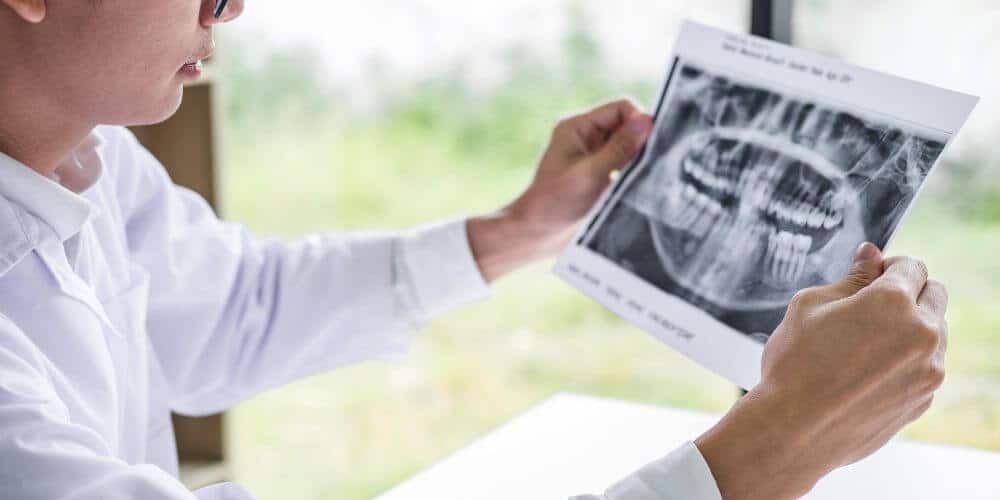
2. Practice Questions and Mock Exams
Doing plenty of practice problems will help you learn how to think critically, which is what the INBDE is all about.
At the same time, you will be able to familiarize yourself with the exam content and format, so you can best prepare for the challenging problems you are bound to encounter on the exam.
You can typically find practice questions from INBDE prep courses such as INBDE Bootcamp.
2. Mental Dental Videos
Available on YouTube, Dr. Ryan’s Mental Dental videos offer a great overview of high-yield INBDE topics.
3. TheFrenchDentiste’s INBDE Anki Deck
Designed to be used alongside the Mental Dental videos, these incredibly helpful Anki cards are great for enhancing recall and content retention.
4. Official ADA Resources
Ensure you go through the official INBDE prep resources offered by the ADA. These include the INBDE practice questions, test specifications, test content, and the ADA ethics document.
All these free resources are available on the JCNDE ADA website.
How Is The INBDE Different From The Previous NBDE?
The INBDE retains the same fundamental purpose as the NBDE Parts I and II, which is to assist state dentistry boards in determining the qualifications of dentists seeking licensure to practice in the United States.
The INBDE relies less on rote memorization and content recall than the previous NBDE did.
Instead, the INBDE emphasizes the decision-making process relevant to the safe practice of dentistry. As such, this new test integrates the basic sciences along with the dental and clinical sciences.
The INBDE is a cognitive exam focusing on clinical relevance.
Another difference is that while the NBDE has a total of 900 questions on both parts of the test, the INBDE has just 500 items, comprising a mix of stand-alone and case-based questions.
FAQs About INBDE Exam
How Much Does The INBDE Cost?
The INBDE examination fee is currently set at $845.
Aside from the testing fee, international candidates are required to pay an additional processing fee of $350, bringing their total payable amount to $1,195.
Should you wish to extend your exam eligibility period, you will be required to pay an additional $130.
How Many Questions Can You Get Wrong On INBDE?
Being a pass-and-fail test, there is no limit to the number of questions you can get wrong on the INBDE.
Your performance is simply measured up against the standard scale score.
What Is A Passing Score On The INBDE?
75 is the minimum passing score or the standard score on the INBDE. Meaning a score of 75 and above is what counts as a passing score on the INBDE.
That being said, keep in mind that this is a scaled score and not a raw score. So you cannot determine what score you will get by how many questions you answered correctly.
Also, if you pass the test, you will never know what numerical score you got. Your final report will simply indicate a ‘pass.’
On the other hand, however, unsuccessful test-takers do get their numeric score provided for them in the results report, and this is done for remediation purposes so you can know just how far behind you’ve fallen from the minimum passing score.


